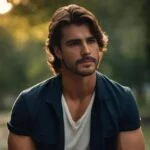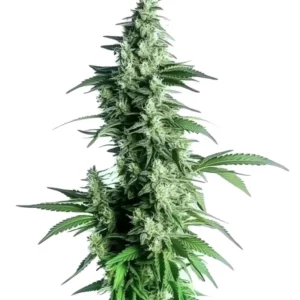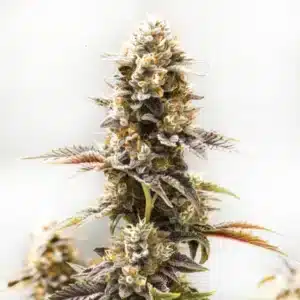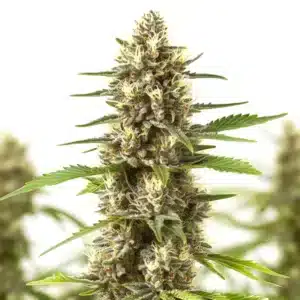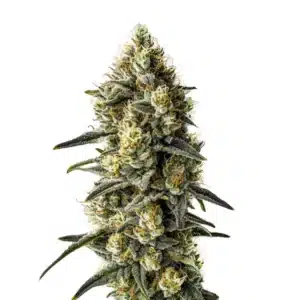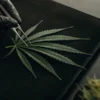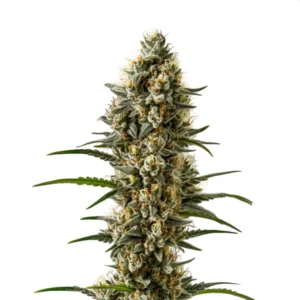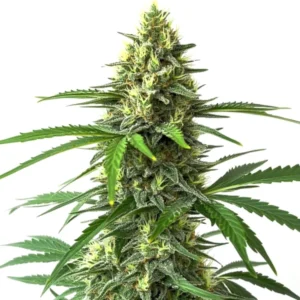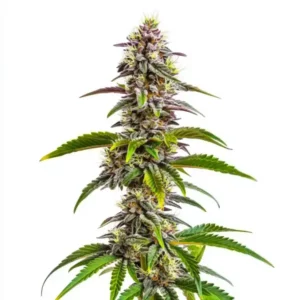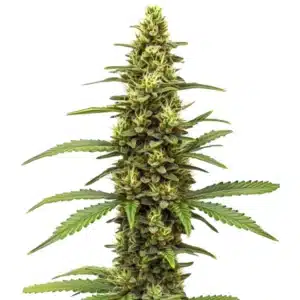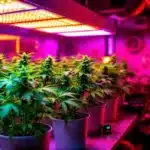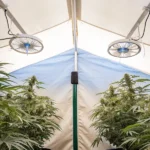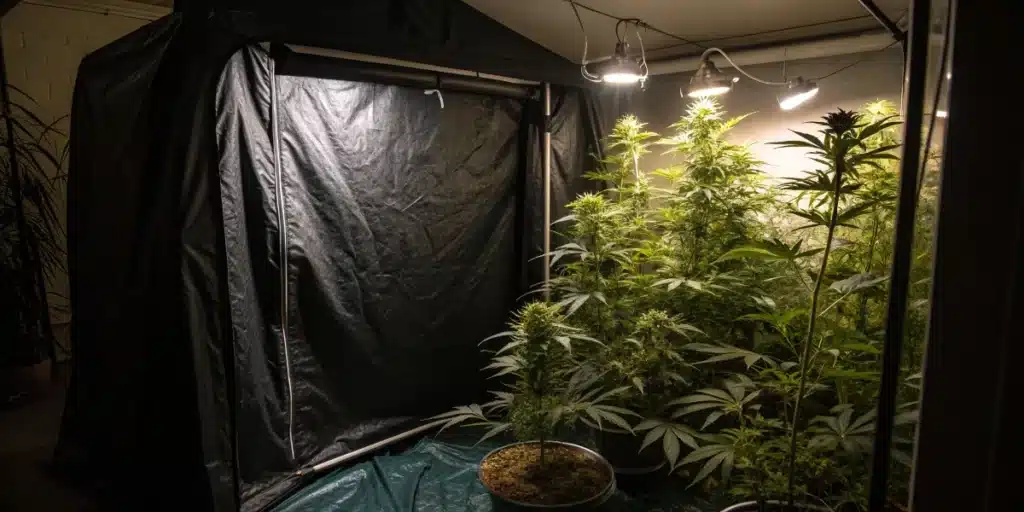
Flowering Light Cycle Indoor Grow: Getting It Right
Importance of Light Cycles
When it comes to cultivating cannabis indoors, understanding the importance of light cycles is pivotal. The flowering light cycle indoor grow phase is where plants transition from the vegetative stage to flowering, requiring a careful adjustment of light exposure. For cannabis cultivators, getting this cycle right can mean the difference between a bountiful yield and a disappointing harvest.
Light, as we know, is a fundamental component of photosynthesis. During the flowering stage, plants need specific light hours to trigger hormonal changes that lead to bud development. The right light cycle will encourage your plants to flower effectively, ensuring they produce dense buds.
Recommended Strains
Standard Schedules (12/12)
Before switching to a flowering cycle, plants are kept in a vegetative state with a longer light period, such as 18 hours of light and 6 of darkness. Some growers even use 24 hours of continuous light to maximize vegetative growth. The standard light schedule for initiating the flowering stage in an indoor grow setup is 12 hours of light followed by 12 hours of complete darkness, commonly referred to as the 12/12 cycle. This schedule mimics the natural conditions cannabis plants experience outdoors as the days shorten.
However, it’s important to remember that not all cannabis strains react the same way. Some might thrive under a slightly different schedule. Experimentation can be beneficial, but consistency is key.
Adjusting Light Hours
Adjusting light hours can be a game-changer. If you notice that your plants are not responding as expected, you may need to tweak the light schedule. Some growers will start with a 16/8 cycle before transitioning to 12/12 to reduce stress.
Another factor to consider is the power and intensity of the light. While a 250w light might be sufficient for the vegetative stage, flowering requires more energy. A minimum of 400w or 600w, especially with HPS lights, is often necessary to trigger a robust flowering response and support dense bud development.
The distance of the light from the canopy is also critical. During flowering, you want to move the lights as close as possible to the plants to maximize intensity without causing light burn. A common distance for powerful lights is around 60 cm (24 inches), but this varies by the type and power of your light. Always monitor your plants for signs of stress.
Promos & Deals
Optimizing Flowering
Optimizing the flowering stage is vital for maximizing yield and quality. Factors like temperature, humidity, and nutrients all influence how well your plants flower. During the flowering stage, aim for a temperature range between 65°F and 80°F. Maintaining proper humidity levels (40-50%) and ensuring good air circulation is also crucial to prevent mold.
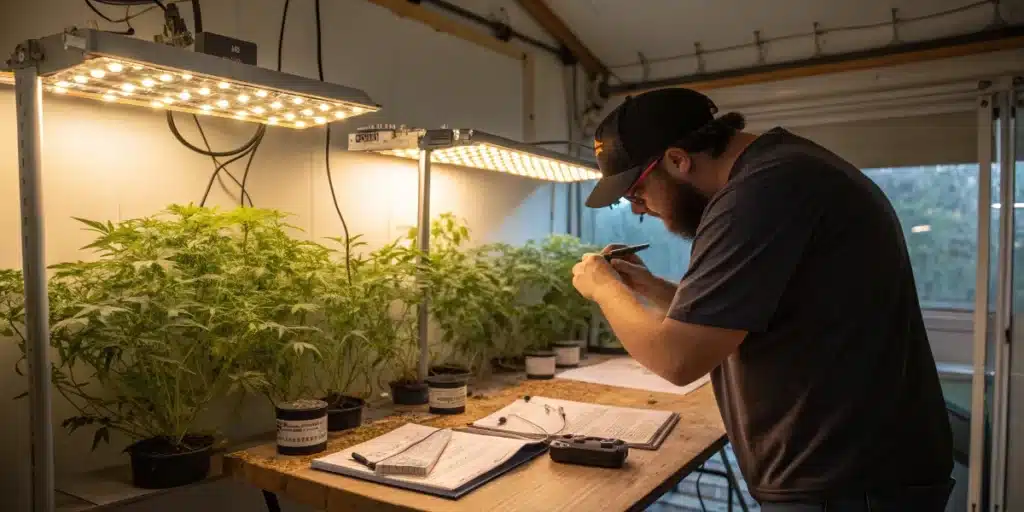
Effects on Bud Development
The effects of light cycles can directly impact bud development. Adequate light exposure encourages plants to produce more resin, which contains the desired cannabinoids and terpenes.
Additionally, the right light spectrum plays a significant role. The light spectrum heavily influences flowering. HPS lights have traditionally been favored for this stage because their strong red spectrum mimics the autumn sun and promotes bud production. When using LEDs, it is essential to ensure they have a rich red spectrum included to achieve a proper flowering response. By optimizing light types and schedules, you can enhance bud size, density, and overall quality.
Troubleshooting Light Issues
Encountering light issues can be frustrating, but solving them is critical. Common issues include light leaks, inconsistent schedules, and light stress. Beyond leaks, any interruption to the light cycle can be detrimental. Be careful, as any unexpected power outage or timer failure can break the cycle and potentially ruin an entire harvest by causing stress or hormonal confusion.
Preventing Leaks and Stress
Preventing light stress is another important aspect. If your plants are exposed to light during their dark period, they may experience stress that can stifle growth. Be vigilant about checking your light timers and ensuring that they function correctly.
Knowing the Role of Light in Cannabis Hormones
Light does much more than fuel photosynthesis—it controls the hormonal shifts that trigger flowering. Understanding this is key to managing your flowering light cycle. During the vegetative stage, cannabis plants focus on leaf and branch development. But once the light cycle changes to 12/12, a specific hormone called florigen is activated, signaling the plant to shift into flowering mode.
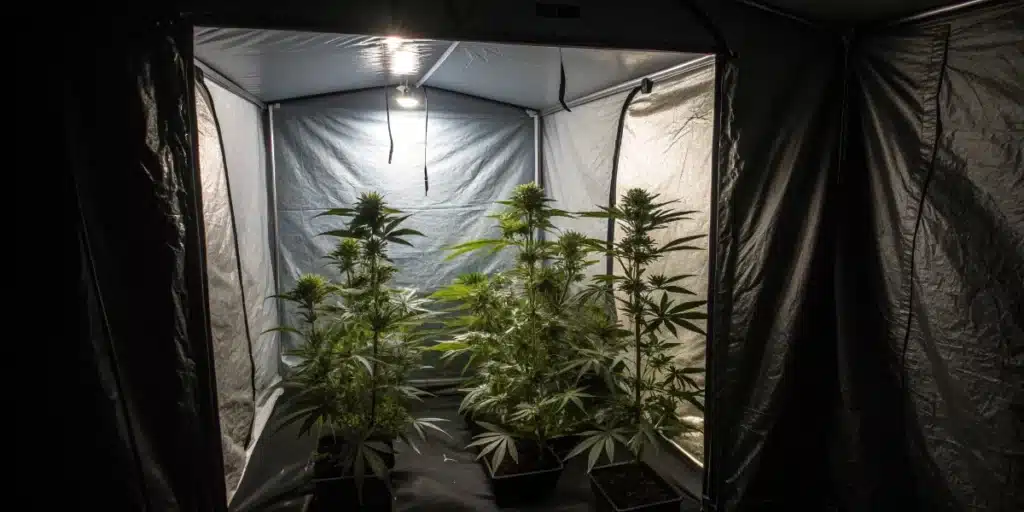
How Light Triggers the Flowering Hormone (Florigen)
It’s not the presence of light, but rather the duration of uninterrupted darkness that stimulates florigen production. Once a consistent dark period is established, florigen builds up and pushes the plant into bloom. If your grow room experiences even small light leaks during this dark period, it can disrupt florigen levels and cause stress.
Why Darkness Is Just as Important as Light
In a flowering light cycle, many new growers focus on the lights but often forget that darkness is equally important. You must ensure that absolutely no light enters the grow space from any crack or pinhole during the dark phase, it must be total darkness. If this critical dark period is broken, the plants won’t flower properly. Worse, if plants already in a 12/12 cycle have their darkness interrupted, they can become stressed and ‘revegetate’, reverting to vegetative growth instead of producing flowers. This severely diminishes the final harvest. Too much light during the dark phase can lead to poor flower formation or hermaphroditism.
FAQS
What is the ideal light cycle for flowering cannabis indoors?
The ideal light cycle for flowering cannabis indoors is typically 12 hours of light followed by 12 hours of complete darkness. This mimics natural outdoor conditions and triggers the flowering process.
Can I adjust light hours during the flowering stage?
Yes, you can adjust light hours during the flowering stage, but it’s important to do so gradually to avoid stressing the plants. Starting with a longer light cycle and transitioning to 12/12 can help.
How can I tell if my plants are experiencing light stress?
Signs of light stress may include burnt leaf tips, yellowing leaves, or drooping. If you notice these symptoms, consider adjusting the light intensity or distance from the plants.

